The most popular types of sofa, explained – the shapes, styles and configurations you need to know
Find the right sofa for your personal style, the layout of your space, and your comfort needs
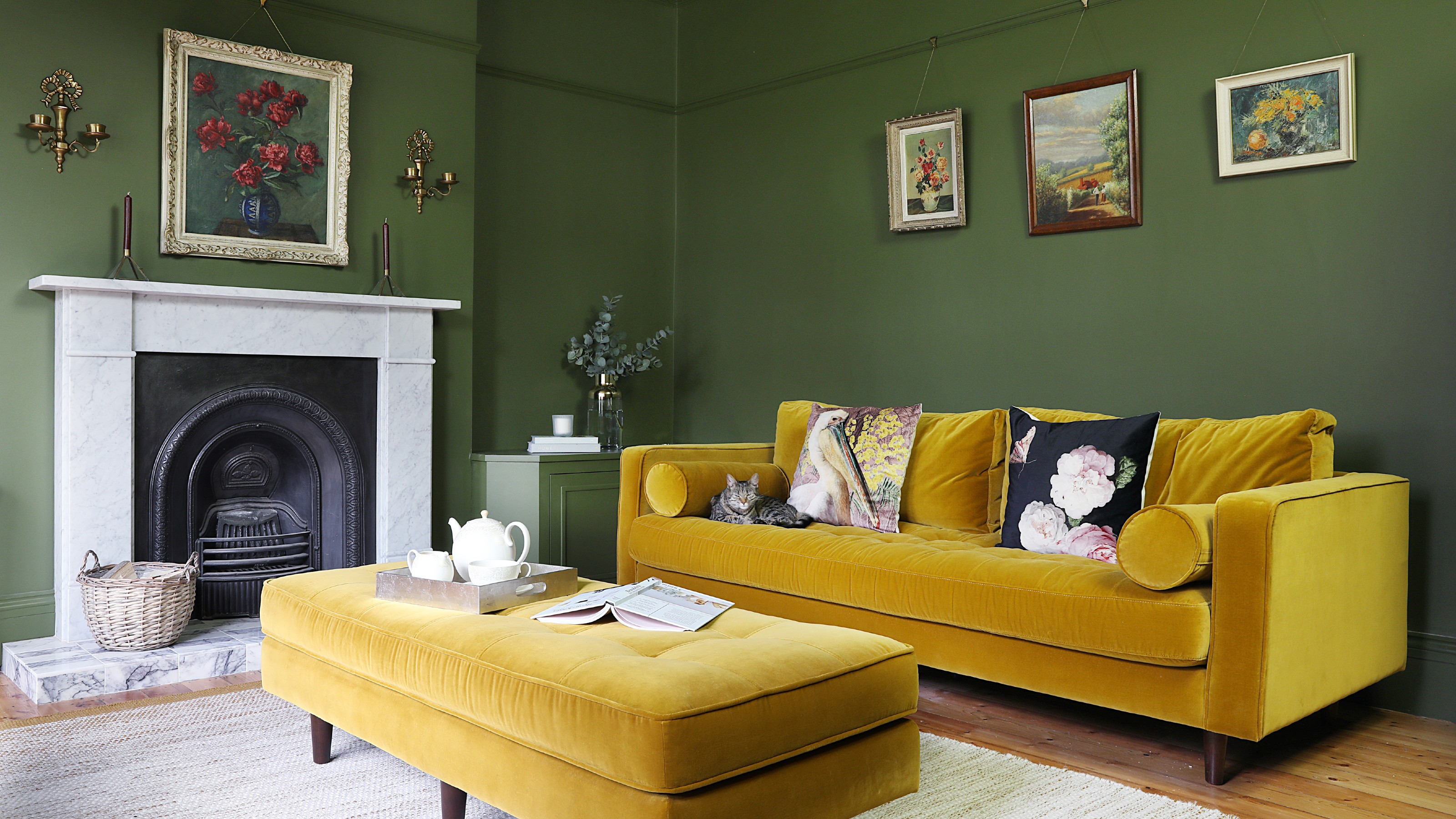

More than just a place to sit, a sofa is often the focal point of your living room and the anchor around which all other furniture is arranged. With so many styles, shapes, and sizes to choose from, our experts have identified the top nine most popular sofa types, outlined their key characteristics and what makes them good, or bad.
Whatever type of sofa you’ve got your eye on, the only way to really find out if it is the best sofa for you is to test it out. Take time to sit, recline, and try all your favourite lounging positions to see how the sofa feels and if it provides decent comfort and support on your back and neck.
'There are fundamental things you should look out for when it comes to choosing a sofa to ensure it suits your needs,’ says Kellie Wyles, head of upholstery at DFS. ‘Above all, think about how you like to lounge. If there are two of you and you both like to sit with your legs up, then check that the sofa is deep enough. If you prefer to lie down on your sofa, ensure that it is long enough for you to stretch out.’
1. Chesterfield sofa

Recognised by its elegant deep buttoned upholstery, rolled arms and level-height back and arms, the Chesterfield sofa is perfect if you're seeking a stylish and timeless design for your living room sofa . Often upholstered in leather with wooden frames, Chesterfields are built to last and are a great fit in period properties or any living room aiming for a luxe look.
On the downside, a well-made Chesterfield is an investment piece and it’s hard to find affordable designs that don’t look cheap. ‘A Chesterfield may not be ideal for those looking for more casual seating or needing furniture for a small space as they generally have wider arms and backs,’ warns Nicky Line, chief product officer, Loaf.
2. Modular/sectional sofa
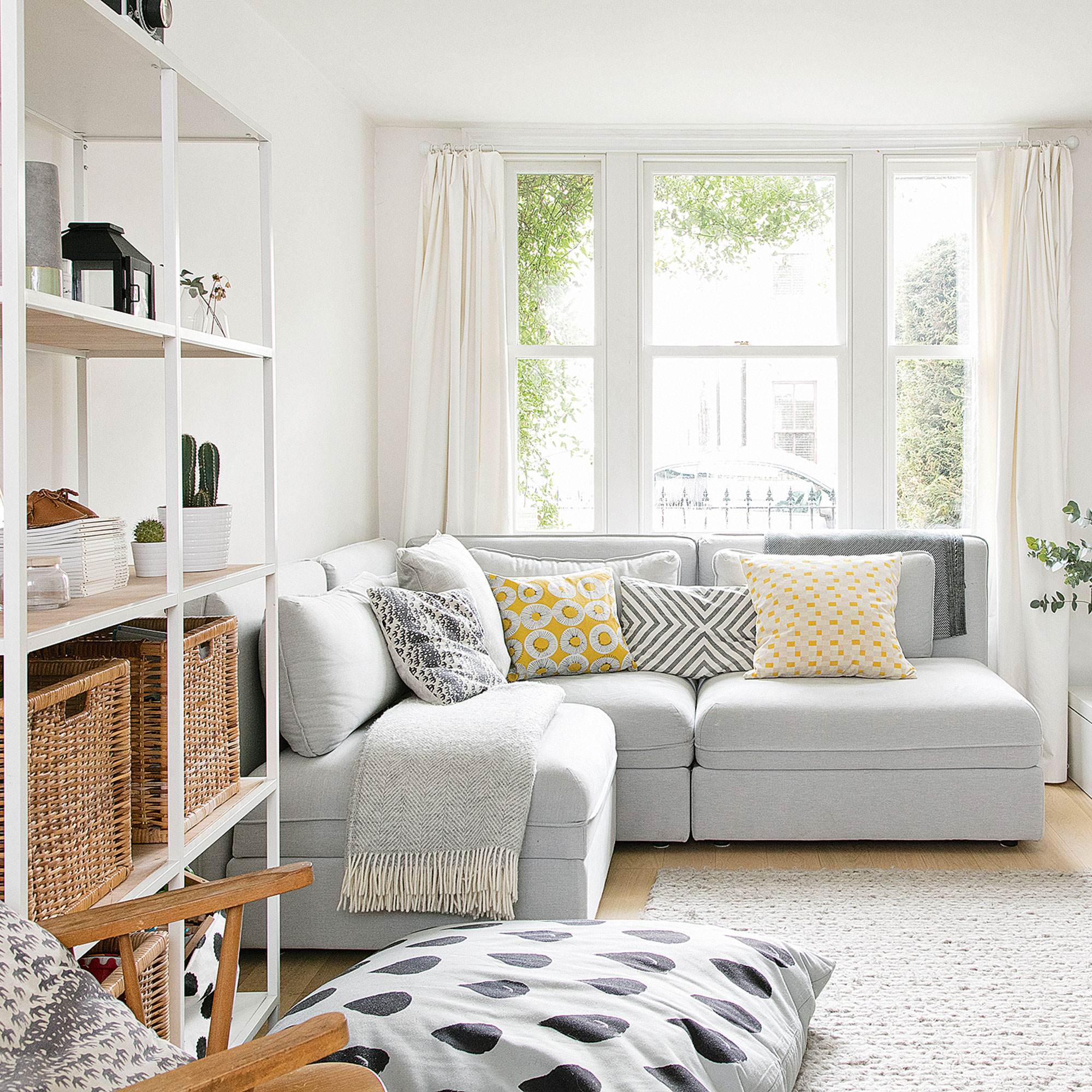
Consisting of multiple modules (or sections), modular sofas are really versatile and can be arranged in various configurations to suit your space. They can be as big or small as needed and you can add on extra modules as the funds arise, which can be helpful if you can’t yet afford the big sofa your heart desires.
Modular sofas can easily adapt to different room shapes, so you won’t need to change sofas if you move home – plus they’re easy to move and are a great choice if you have access issues. ‘A modular sofa offers greater flexibility, comfort and the option for more space, making it an ideal sofa for families. They’re perfect movie night sofas!’ enthuses Nicky.
Get the Ideal Home Newsletter
Sign up to our newsletter for style and decor inspiration, house makeovers, project advice and more.
There’s aren’t many downsides to modular sofas, except they do tend to be quite bulky in design so even a two-seater module might prove too deep and wide and end up swamping a small space. They can also be expensive, especially if you’re going for an L or U-shape arrangement. While a modular sofa will usually fix together tightly, after time the connections can get loose, resulting in movement between sections and deeper gaps for the TV remote to fall into.
3. Corner sofa
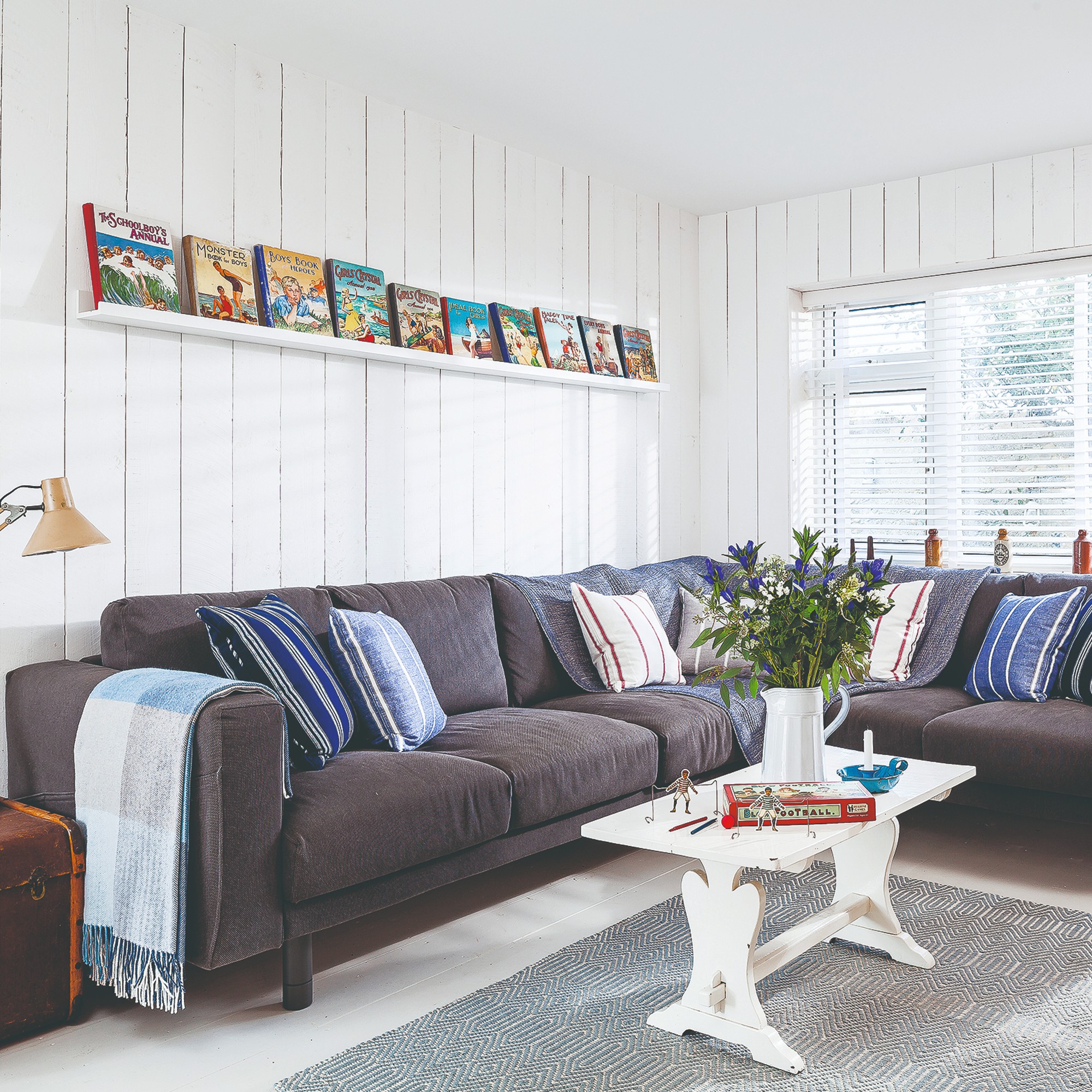
Also known as L-shaped sofas, corner sofas are designed to fit into the corner of a room to get more bums on seats and are usually more streamlined in shape so can work better for smaller living room rooms compared to a modular sofa.
‘Similarly to a modular, a corner sofa is ideal for maximising seating and creating a cosy, cohesive living space,’ says Nicky from Loaf.
‘However, there fixed shape means they can be less flexible in terms of rearranging your space or relocating over time, making it more suitable for rooms where the layout is unlikely to change frequently,’ she adds.
Corner sofas can also prove challenging to move or squeeze through tight spaces. It’s essential to measure carefully as a corner sofa can dominate the room if the proportions are off.
4. Pillow back sofa
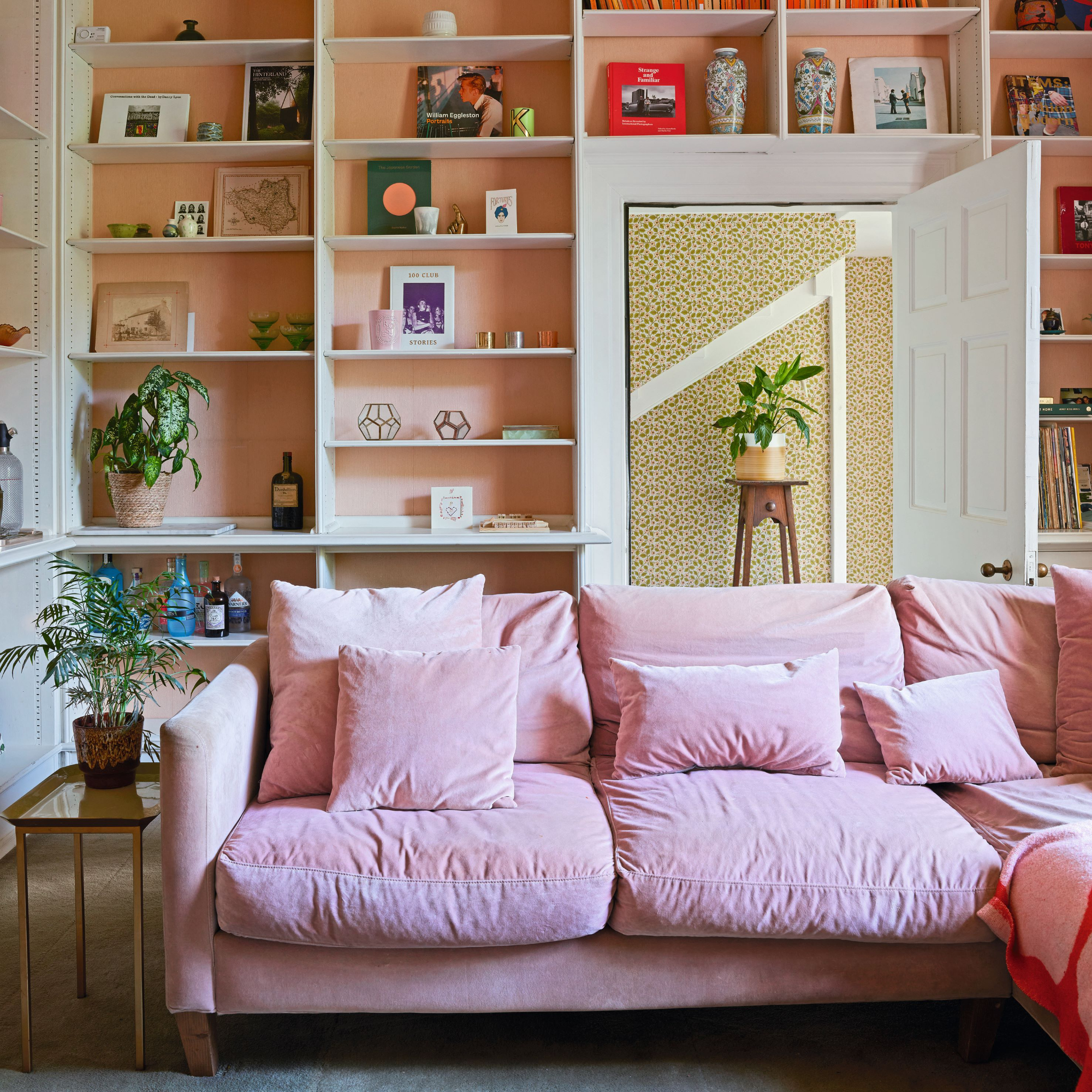
Sometimes called scatter-back sofas, this type of sofa features large, loose cushions for the backrest and are loved for their deep, squishy comfort and relaxed aesthetic. Perfect for playrooms and laidback living rooms, a pillow back sofa also allows individual users to adjust the back support for personal preference.
‘While pillow back sofas are great for introducing different fabrics and colours, the cushions do move around and you can find you’re always adjusting them to feel comfy,’ says Megan Holloway, founder and creative director, Maro Home.
‘If the back of your sofa isn’t serpentine sprung then it’ll be hard to feel comfy for long. Go for feather cushions if possible, for the ultimate plump, but they will need constant maintenance to look good!’ Don’t entertain a pillow back if you need firm back support – the cushions tend to be very soft and unsupportive.
5. Storage sofa

Featuring built-in compartments, usually under the seat cushions and/or within the arm rests, storage sofas are gaining traction as excellent solutions for storing throws, games equipment and other living room items.
‘A storage sofa can be a brilliant option for smaller spaces and living rooms that multitask as playrooms and guest rooms. When buying do check the depth and comfort of the seat cushions so you don’t feel the storage top part when you sit down,’ advises Megan from Maro Home.
Storage sofas are best used to stash items you don’t need to access daily as the cushions can be a faff to drag on and off. ‘An alternative would be a sofa with a higher leg/slim profile and loose cover that allows discreet under the sofa storage,’ adds Megan.
One downside of storage sofas is they can be quite blocky/bulky in design, and it can prove hard to find really stylish, shapely options. Expect to pay a little more for the added flexibility of your extra living room storage, too.
6. Loveseat sofa

Designed for one to spread out or two to cuddle-up, loveseat sofas are ideal for compact spaces or as a second sofa in larger living rooms. They come in various styles, modern and traditional, and are easy to manoeuvre. ‘Loveseats are a lovely sofa size for smaller homes and apartments,’ says Megan from Maro Home.
‘They look great in a bay window or tucked in the corner of a room and are more generous than an armchair. If space is really tight, look for armless versions, which are great for tucking into alcoves.’
The seat-space in loveseats varies wildly, so if you are looking for a model that will regularly seat two, it’s worth checking those measurements carefully and, ideally, test one together before you buy.
7. Sofa bed

As the name suggests, a sofa bed doubles as a sleeping space – usually the bed pulls out from underneath the seat cushions on a sprung mechanism.
‘Sofa beds are always useful for providing a stylish and comfortable option for friends and family to stay with you, especially if you don’t have any guest bedrooms,’ says Patricia Gibbons, Head of Design, Sofa.com. ‘However, they are best as a ‘spare’ sofa, as for everyday use some may find the seating slightly on the firmer side due to the mechanism.’
If you want the best sofa bed to work as your main sofa, do take the time to test for comfort and also pull out the bed to make sure there’s sufficient room for it in bed mode, with space to walk around it, and because some sofa beds can be quite hard work/complicated to pull in and out.
The mattress itself is often skinny and uncomfortable so check that too, as you may want to buy a mattress topper to help with this. Sofa beds can also be heavy and hard to manoeuvre because of the weight of the bed mechanism and mattress inside.
8. Chaise sofa
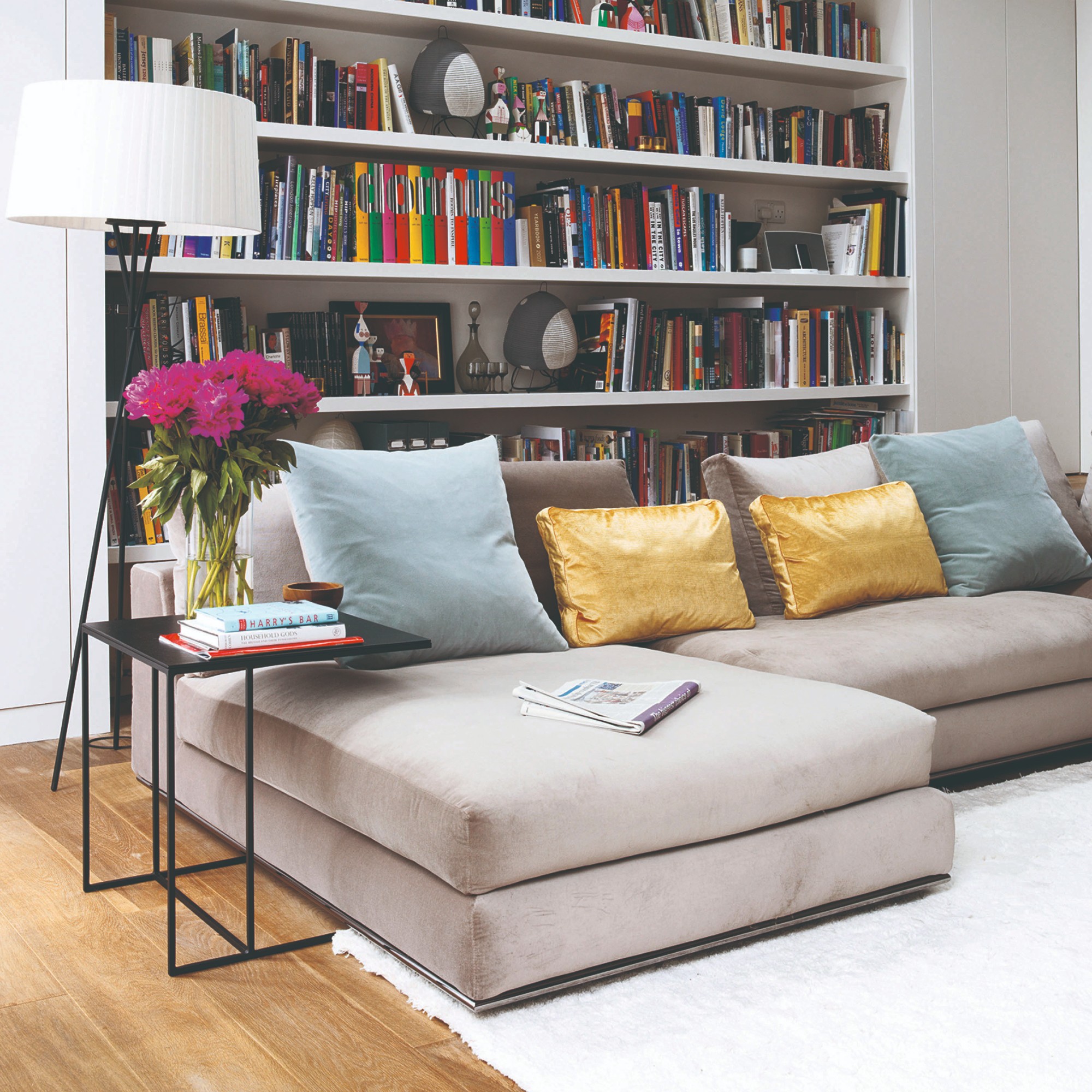
A chaise sofa is a sofa with an extended seat for lounging at one or both ends, which provides the comfort of a standard sofa with the leg room of a chaise longue. It’s similar to a modular/sectional sofa but is sold as one unit (sometimes with a footstool style support under the chaise cushion that clips on/off for ease of transport) but doesn’t take up as much space. Double chaise (u-shape) designs are not as common as single chaise sofas.
‘A chaise sofa works well in both large and smaller spaces and is often a better choice than the slightly more imposing corner sofa. They help to zone areas and provide structure to a room whilst optimising space,’ says Gisela Lancaster, head of buying at Sofology. ‘If it’s a single chaise, it’s important to consider whether a right- or left-hand facing design would be most suitable, as this will impact both the layout and feel of the room.’
While perfect for lounging and watching TV, a chaise sofa may not suit more formal living rooms and can lead to uneven wear if one side is favoured over the other. You may also have to deal with sibling squabbles over who gets to stretch out on the chaise side.
9. Tuxedo sofa

Defined by their clean lines and level-height back and arms, Tuxedo sofas are a popular choice for sophisticated living rooms. ‘Inspired by Art Deco style, a tuxedo sofa makes a real statement and offers a focal point for the room, without overpowering the space. Perfect for spaces with lower ceilings, a Tuxedo sofa will give the illusion of height that a higher sofa does not offer,’ says Kellie from DFS.
The Tuxedo shape can be classical or contemporary in style, but the sleek silhouette and straight lines translate especially well in a modern home. ‘Often featuring upholstery details such as channelling and tufted upholstery, this style is elegant and pared back, instantly elevating the style factor of a room. Pair with an accent chair of different proportions and a higher back to accommodate taller loungers.’
While Tuxedo sofas offer excellent support for sitting upright, they’re not as comfortable for lounging, and the high arms can be less inviting for comfy, casual use.
FAQs
What is the most popular type of sofa?
As big-ticket items most of us try not to replace too often, sofa trends aren’t as fast-moving or fashion-led as paint colours or home accessories. Style shifts tend to be subtler but there’s usually an overall popular direction that sofa manufacturers spot and lean into.
This year, Loaf has noticed a hike in demand for smaller footprint sofas like loveseats and those with slimline arms, for example. ‘Smaller sofas are a great option for those living in city properties and in a bigger home, choosing two smaller sofas can prove more flexible than one larger sofa,’ explains Nicky Line from Loaf. ‘Design-wise, we’re also noticing more customers are seeking out Mid-century style sofas, which suit homes with a retro feel.’
What is the most comfortable style of sofa?
‘The comfiest sofa styles usually include sprung seats and backs, with a gentle rake (slope from the seat base) to feel supportive,’ says Megan Holloway of Maro Home. ‘Add generous seat and back cushions to enjoy a wonderfully comfortable sofa that won’t give you back pain.'
The height and depth of a sofa’s seat cushion plays an important role when it comes to comfort levels. ‘While lower, super-deep casual styles look inviting, they’re not for everyone especially if you are tall or want to feel a little more supported whilst relaxing,’ explains Megan.
The filling you choose is also going to have a big impact on comfort levels. ‘We offer a range of cushion filling options to suit different preferences, from very soft, cocooning seats and backs using fibre and in some cases feather fillings, through to firmer, more supportive, durable foam fillings for a more formal sit,’ adds Kellie from DFS. ‘It’s always worth gathering up whoever will be using the sofa to sit on it before you purchase, so you can check that it meets your comfort needs.’
Now you're up to speed with all the most popular sofa styles, it's time to make an informed decision and go sofa shopping with confidence.

Linda Clayton is a professionally trained journalist, and has specialised in product design, interiors and fitness for more than two decades. Linda has written for a wide range of publications, from the Daily Telegraph and Guardian to Homes & Gardens and Livingetc. She has been freelancing for Ideal Home Magazine since 2008, covering design trends, home makeovers, product reviews and much more.
-
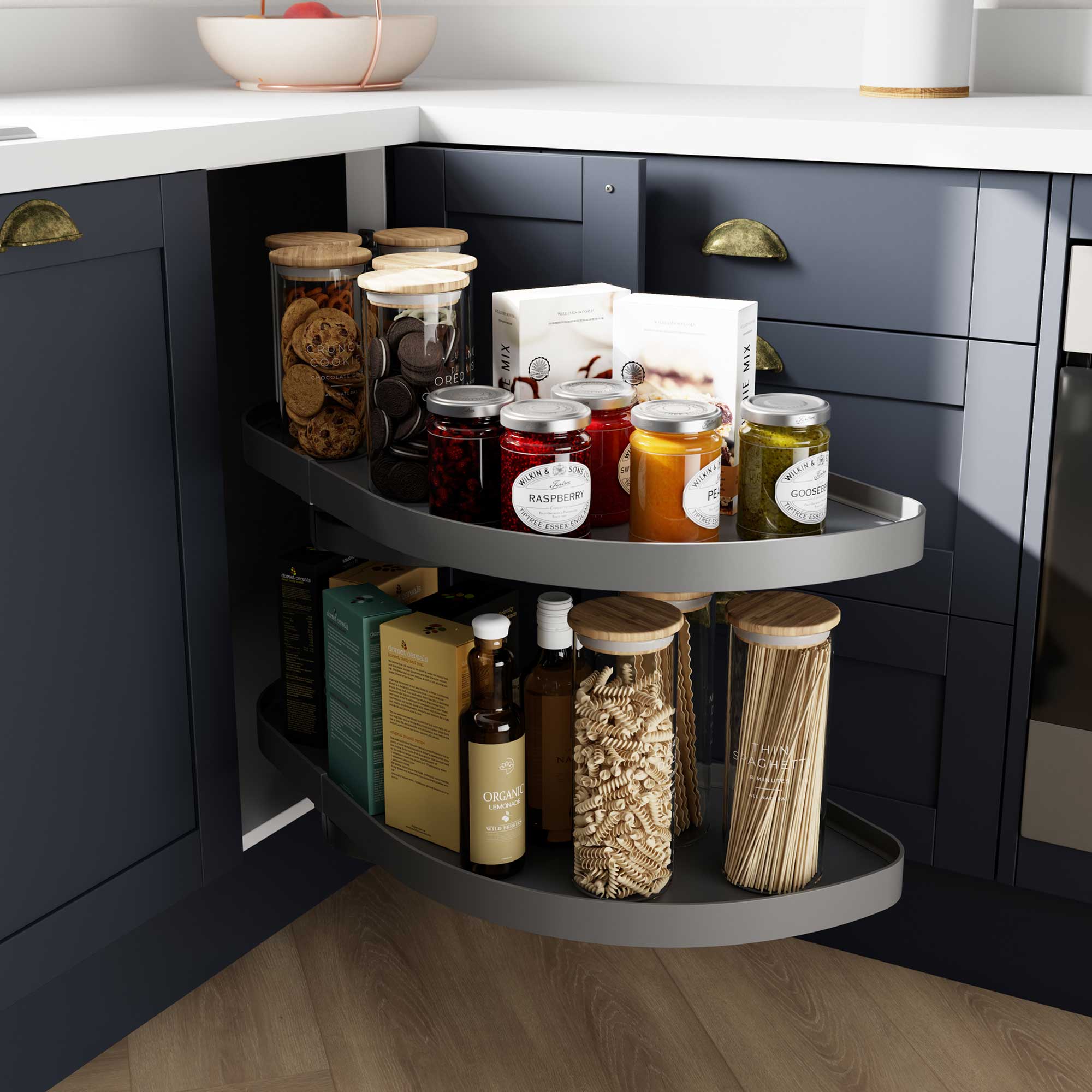 5 rules for organised corner cabinets in a small kitchen – expert-backed strategies will help keep corner cabinets tidy and functional
5 rules for organised corner cabinets in a small kitchen – expert-backed strategies will help keep corner cabinets tidy and functionalNever lose anything to the back of the cupboard again
By Linda Clayton
-
 Wisteria umbrellas are this spring's breakout garden trend – not only are they perfect for small spaces, but they're easier to maintain, too
Wisteria umbrellas are this spring's breakout garden trend – not only are they perfect for small spaces, but they're easier to maintain, tooI spoke to the National Trust to find out why
By Sophie King
-
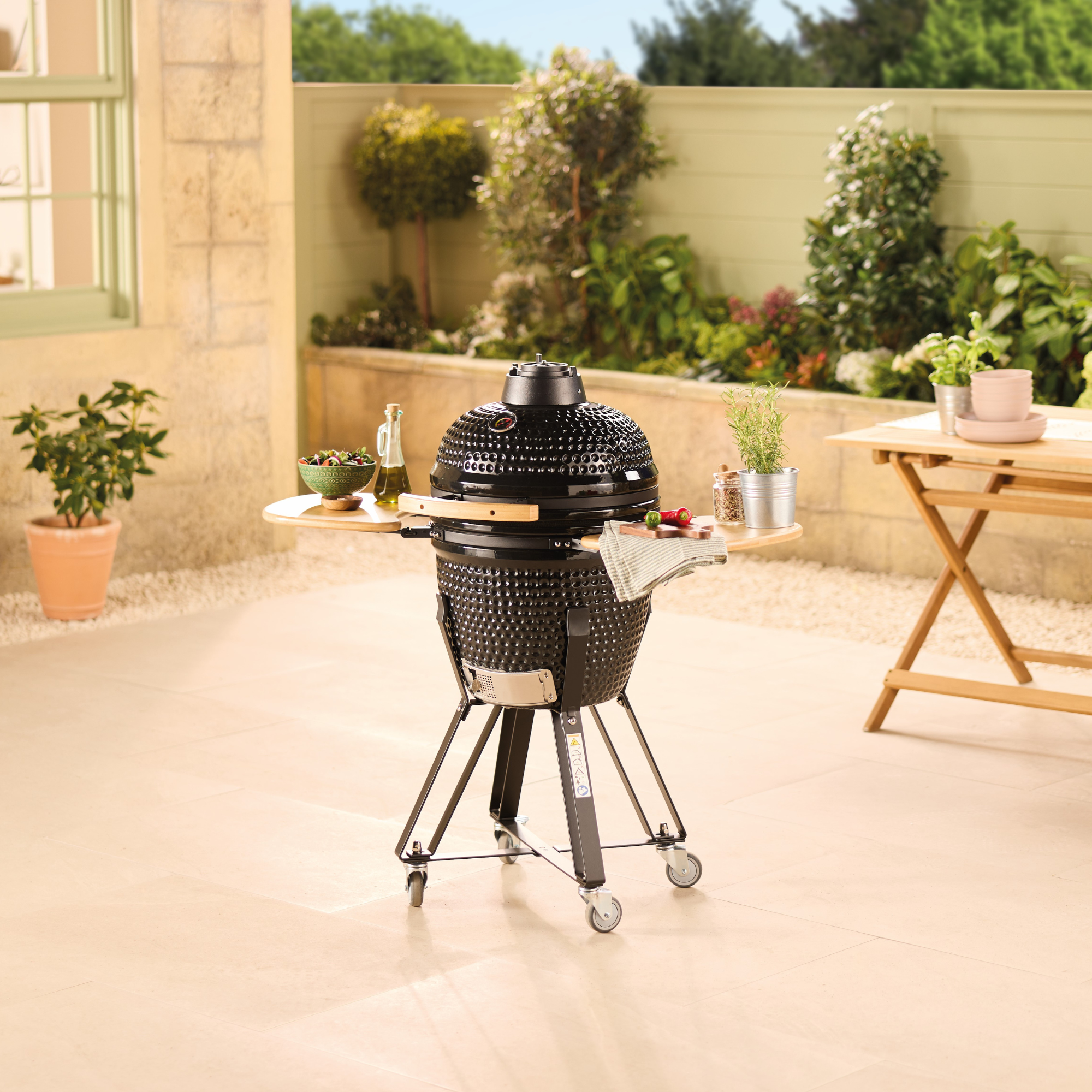 Aldi’s cult Kamado BBQ is returning to stores and it's £100 cheaper than last time
Aldi’s cult Kamado BBQ is returning to stores and it's £100 cheaper than last timeThis budget BBQ is only a fraction of the price of this celebrity favourite
By Kezia Reynolds
-
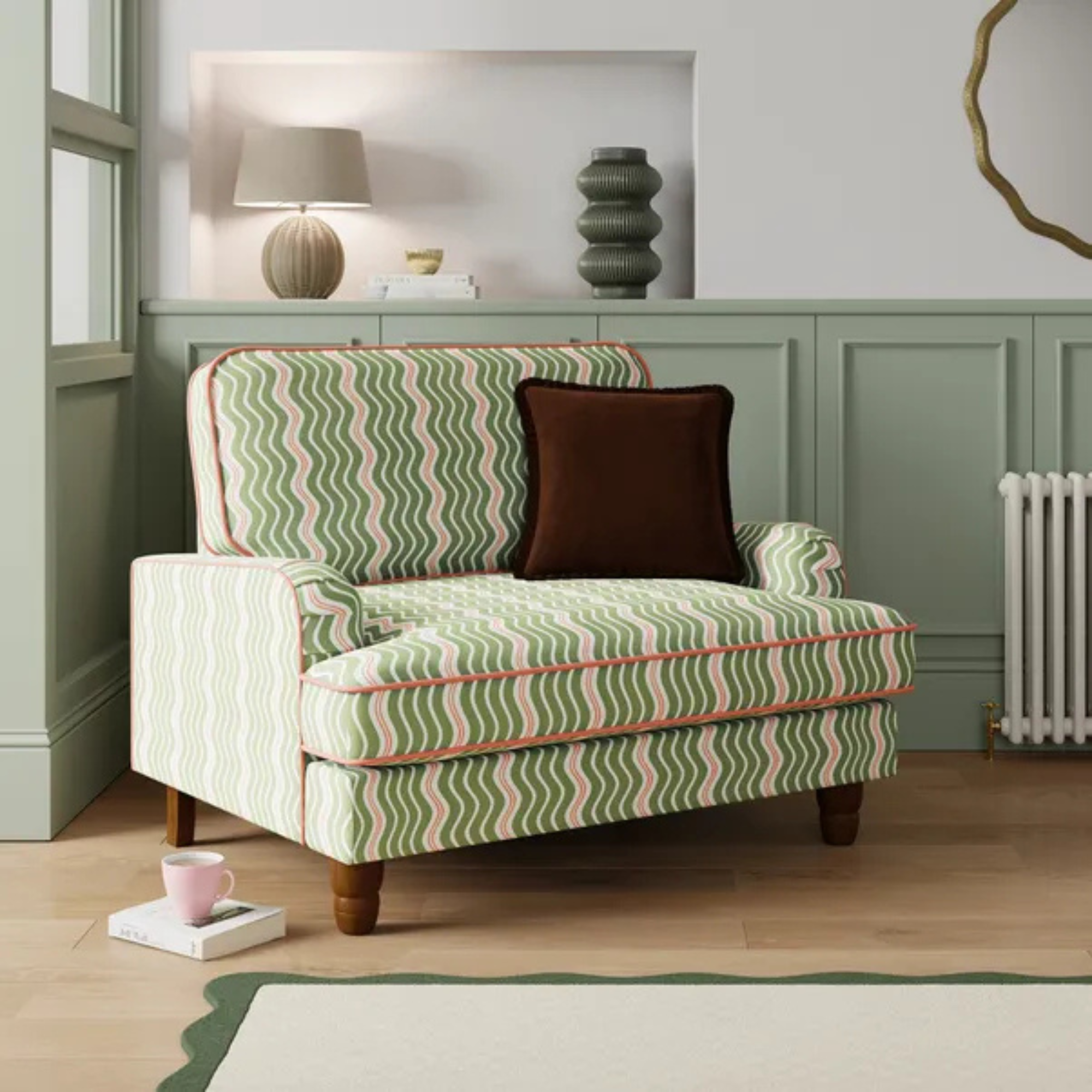 Dunelm has given its cult snuggle chair a new look - it's swapped classic stripes for another emerging pattern trend
Dunelm has given its cult snuggle chair a new look - it's swapped classic stripes for another emerging pattern trendI'm obsessed with this fresh new style
By Kezia Reynolds
-
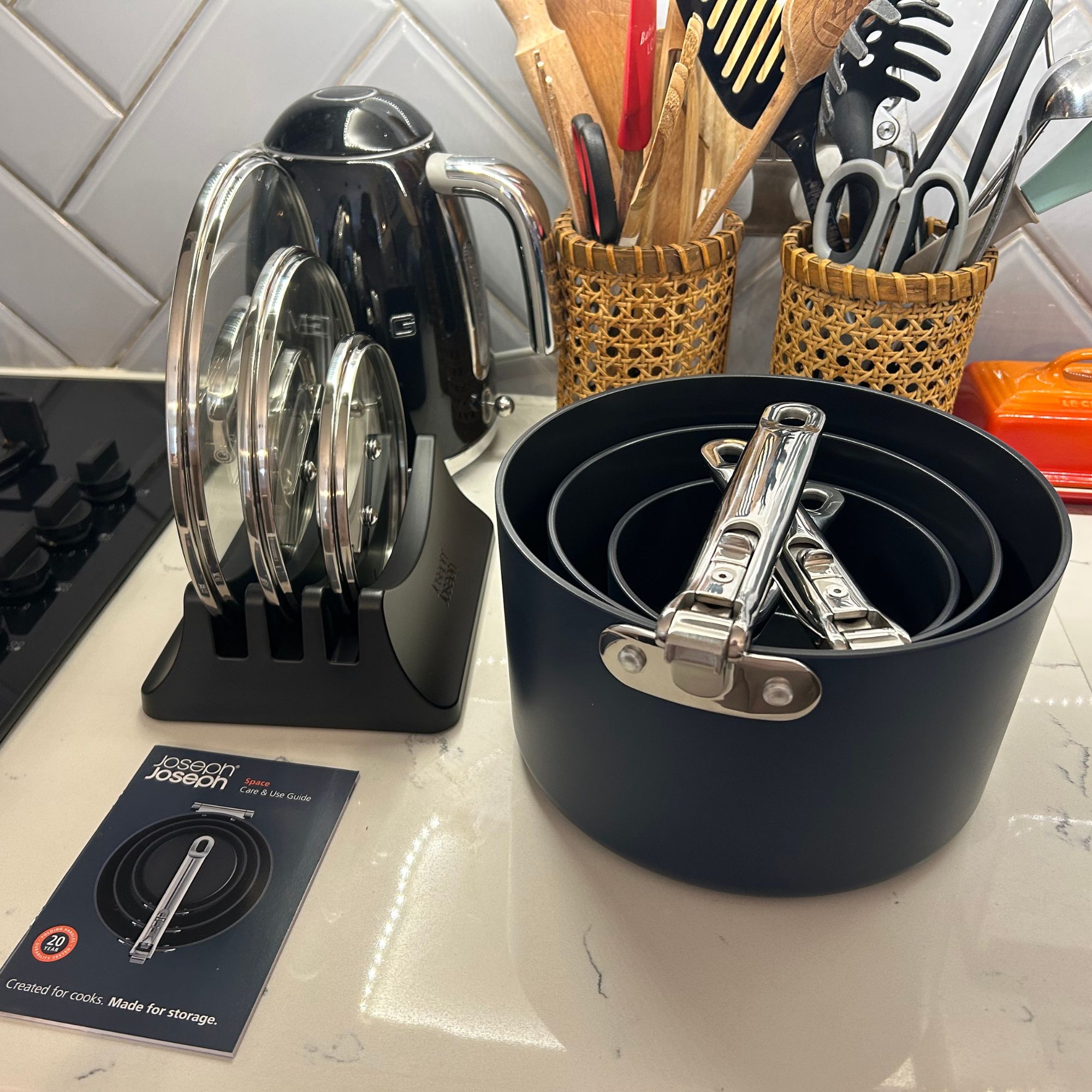 I tried Joseph Joseph's pan set with foldable handles – the space-saving design is just one of the many highlights
I tried Joseph Joseph's pan set with foldable handles – the space-saving design is just one of the many highlightsSmall kitchen? I tested this innovative Joseph Joseph space-savvy set which has foldable handles — and I loved it
By Annie Collyer
-
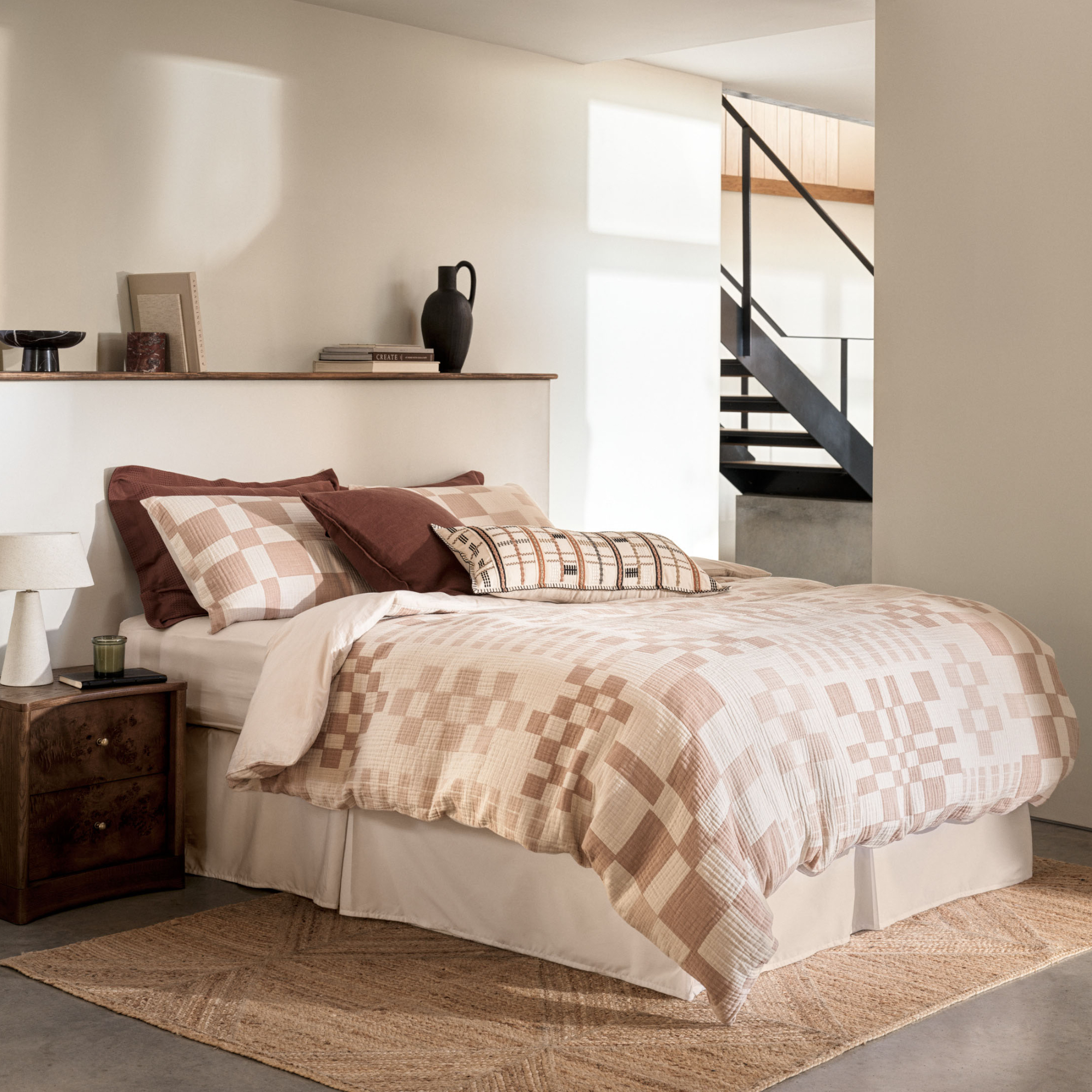 As a stylist, I spend hours looking for bedding for photoshoots, and I just spotted these 6 expensive-looking sets at M&S
As a stylist, I spend hours looking for bedding for photoshoots, and I just spotted these 6 expensive-looking sets at M&SGet a little luxury at a high-street price
By Laurie Davidson
-
 I've been waiting to try out the Ninja Slushi for months – this is what happened the first time I tried it
I've been waiting to try out the Ninja Slushi for months – this is what happened the first time I tried itThe Ninja Slushi is the stuff of dreams for summer entertaining
By Molly Cleary
-
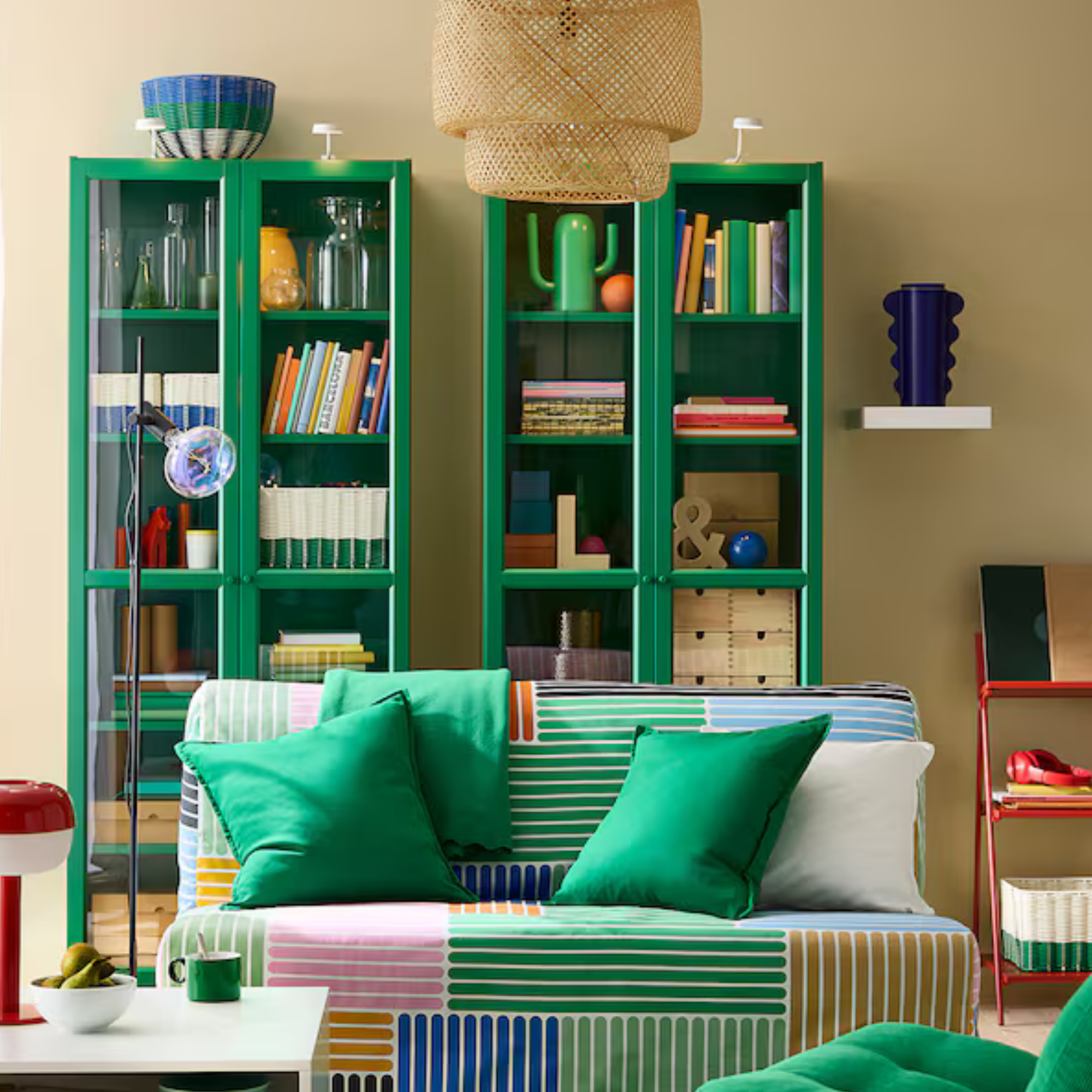 IKEA has drenched its BILLY bookcase in this year’s ‘it’ colour - but you’ll have to act fast if you want to get your hands on one
IKEA has drenched its BILLY bookcase in this year’s ‘it’ colour - but you’ll have to act fast if you want to get your hands on oneI'm obsessed with this gorgeous limited-edition colourway
By Kezia Reynolds
-
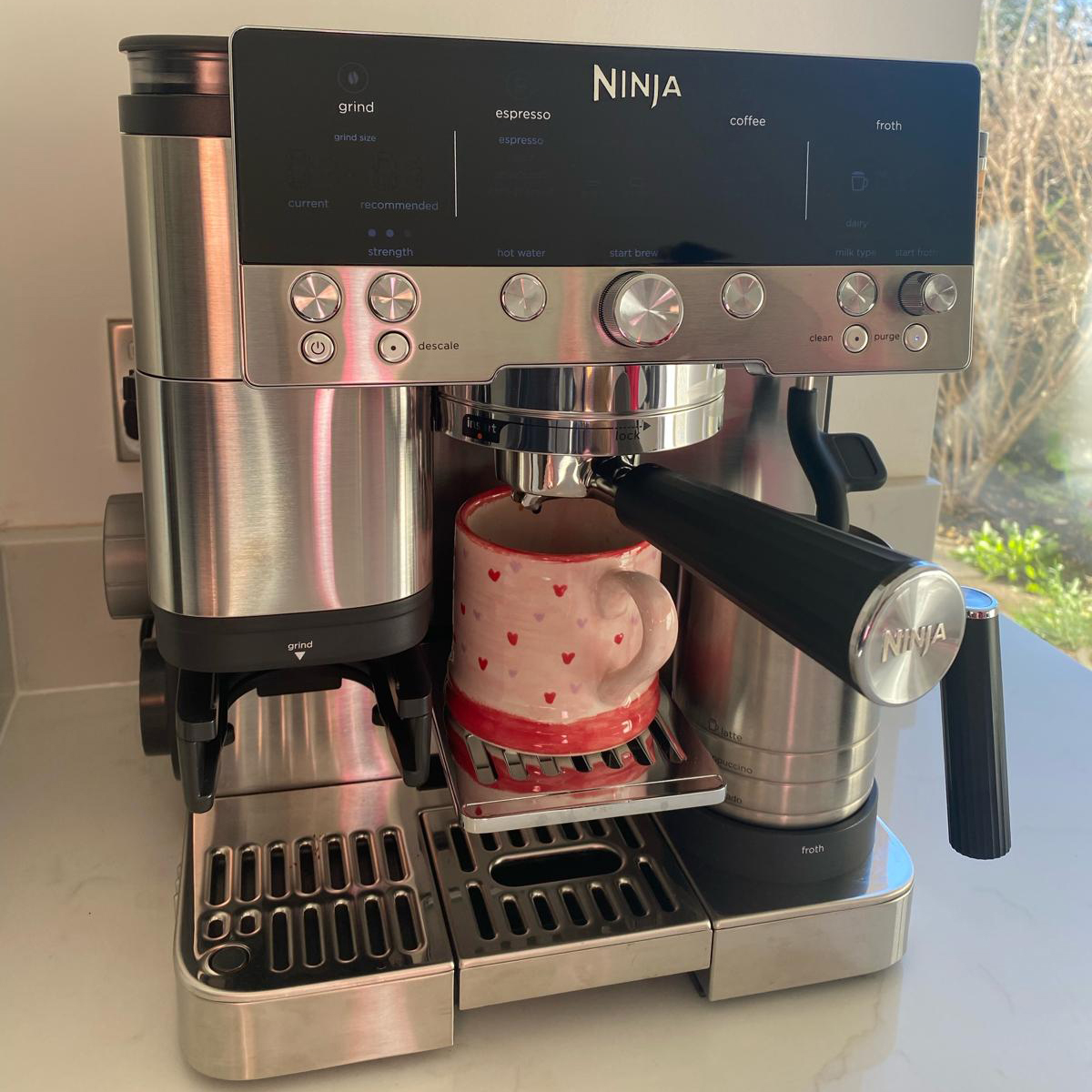 My go-to Ninja coffee machine just had a major price drop. It's more affordable than I've seen it before
My go-to Ninja coffee machine just had a major price drop. It's more affordable than I've seen it beforeIt makes coffee shop quality achievable at home
By Molly Cleary
-
 I'm a kitchen decor editor and didn't like this tableware trend - until I saw H&M Home's designer-look plates
I'm a kitchen decor editor and didn't like this tableware trend - until I saw H&M Home's designer-look platesThey made it easy to justify a new crockery set
By Holly Cockburn
-
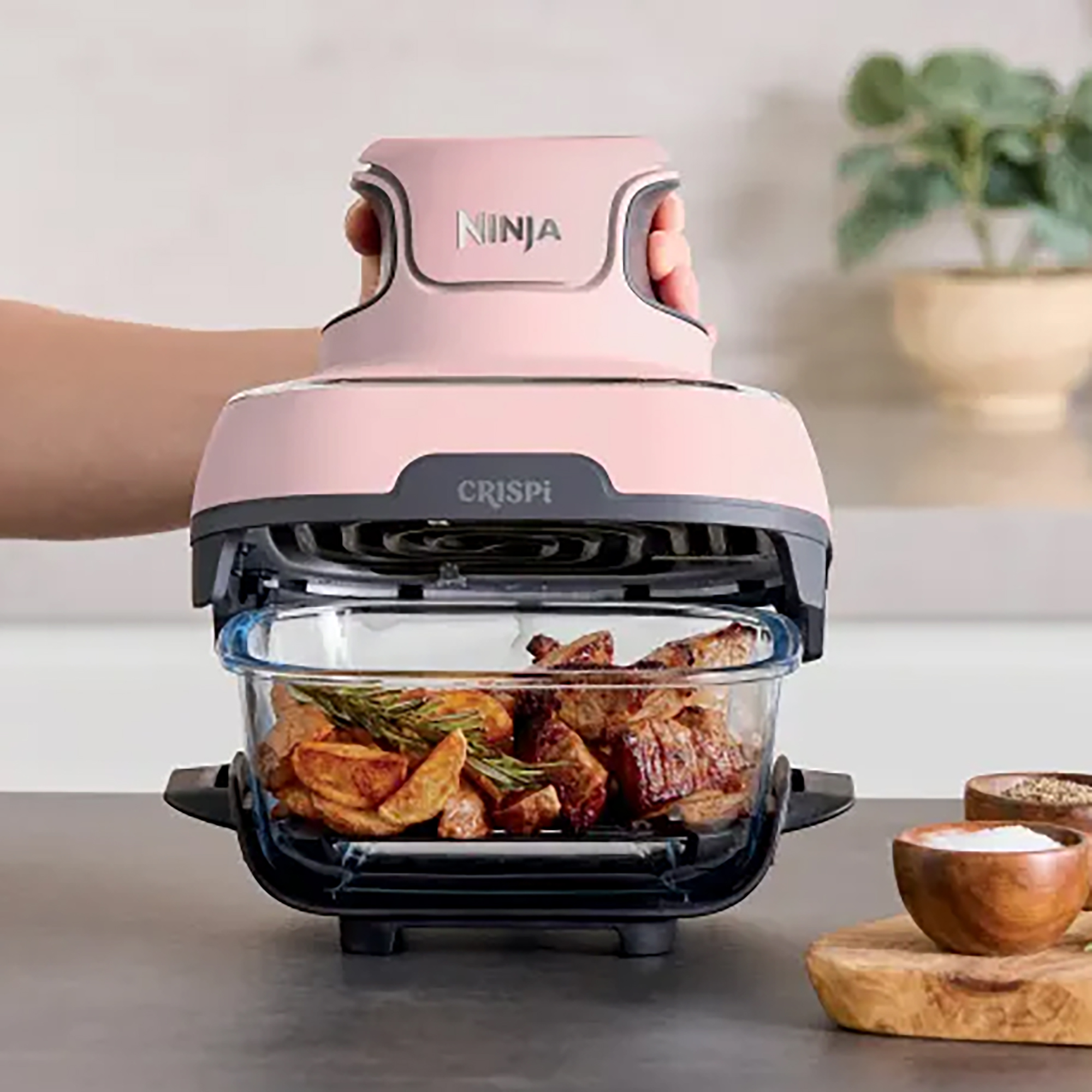 Have we just had a sneak peek at Ninja's plans for pastel air fryers? These new US-exclusive Crispi colours are giving us hope for the same in the UK
Have we just had a sneak peek at Ninja's plans for pastel air fryers? These new US-exclusive Crispi colours are giving us hope for the same in the UKNinja's spring colours collection i the US has sparked some serious appliance envy
By Molly Cleary